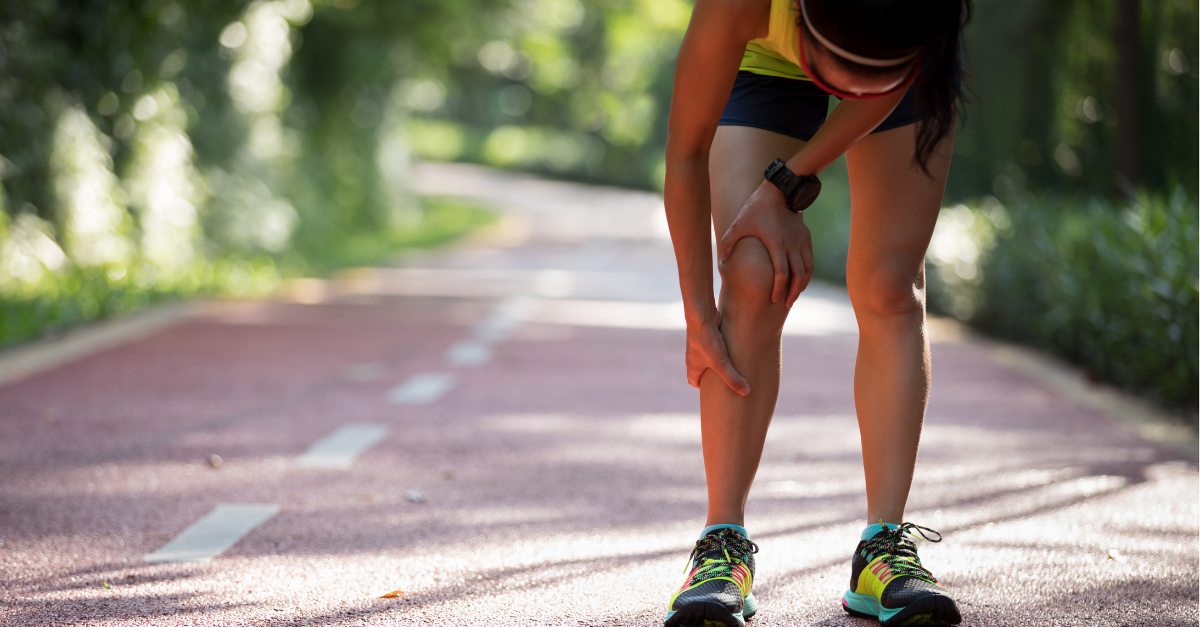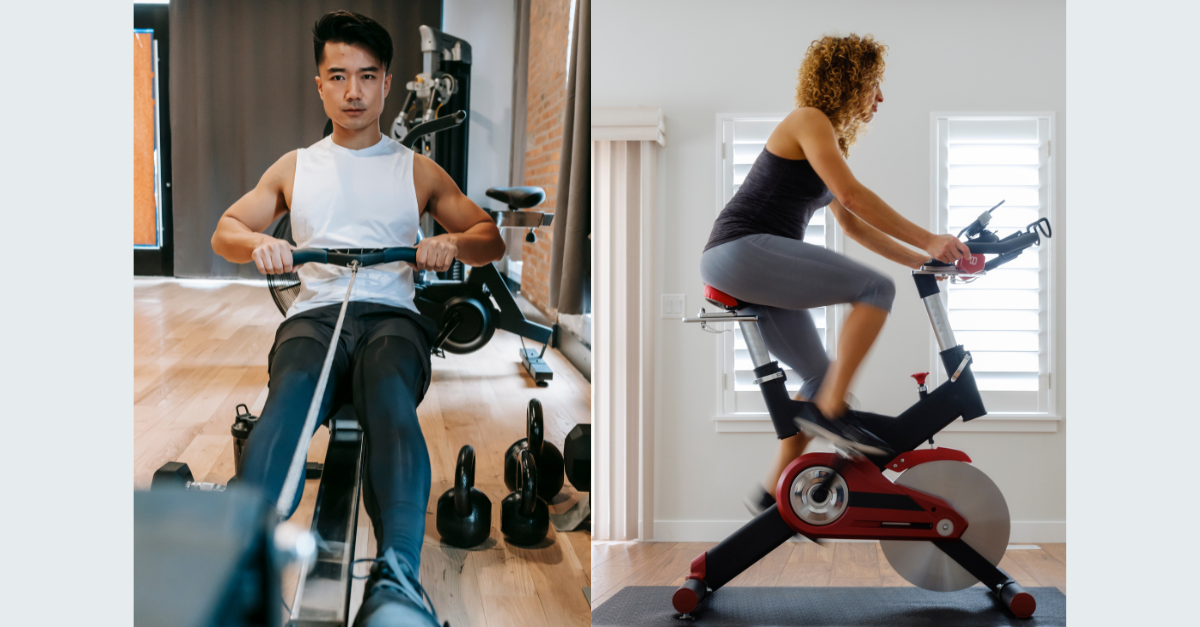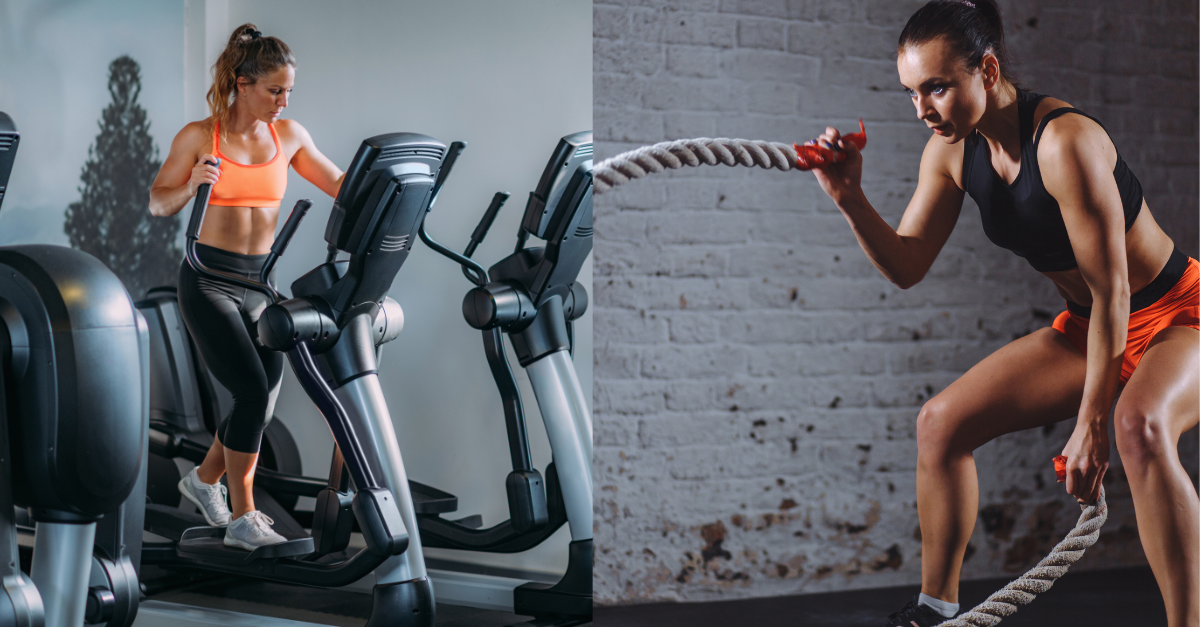Staying Active While Healing: Cross-Training Strategies for Injured Runners
Thursday, May 22, 2025
Why Cross-Training Matters During Injury Recovery
In clinic, we often see runners sidelined by injuries, whether it’s shin splints, stress fractures, IT band syndrome, or Achilles tendinopathy. While rest is a crucial part of recovery, complete inactivity isn’t always necessary or even beneficial. In fact, prolonged rest can sometimes lead to deconditioning, stiffness, and even a more difficult return to running.
That’s where cross-training comes in. Cross-training involves incorporating alternative forms of exercise that allow you to maintain cardiovascular fitness, build strength, and support healing — without putting stress on the injured area. Done properly, it can be a smart, effective way to stay fit, support your recovery, and reduce the risk of further injury down the line.
The key to successful cross-training is choosing the right modality for your specific injury, fitness level, and recovery goals. For example, a runner with a foot stress fracture may benefit from pool running or swimming, while someone with hip or knee pain might find low-resistance cycling or elliptical work more suitable.
It’s not just about doing something — it’s about doing the right thing for your body. A physiotherapist can help guide you in selecting the most appropriate activities and intensity levels to keep you moving safely while your injury heals.

Choosing the Right Cross-Training Modality for Your Injury
Not all injuries, and not all cross-training activities, are created equal. The type of exercise you choose should complement your recovery, not complicate it. Below are some common cross-training modalities, along with guidance on when they may help and when they might hinder your progress. Always listen to your body, and when in doubt, consult your physiotherapist for personalised advice.
🚴♂️ Cycling / Stationary Bike
Cycling is a popular choice for injured runners because it’s non-weight-bearing and allows you to maintain cardiovascular fitness without the impact forces of running.
Helpful for:
- Achilles tendon pain
- Calf muscle injuries
- Plantar heel pain (plantar fasciopathy)
- Medial tibial stress syndrome (MTSS / shin splints)
Caution advised with:
- Iliotibial band syndrome (ITBS): The repetitive knee flexion during cycling can aggravate symptoms.
- Proximal hamstring tendinopathy: Sitting for long periods on a saddle can compress the tendon and worsen pain.
- Patellofemoral pain syndrome (PFPS): If the knee is already irritated, cycling—especially with high resistance or poor bike setup—can exacerbate symptoms.
Tip: Use a proper bike fit to optimise your knee and hip angles, and start with low resistance to assess your body’s response.
🚣 Rowing Machine (Rower)
Rowing offers a full-body workout that challenges both endurance and strength. It can be a great option if you're able to tolerate the seated position and the hip/knee flexion involved.
Helpful for:
- Achilles tendon pain
- Plantar heel pain
- Medial tibial stress syndrome
Caution advised with:
- Proximal hamstring tendinopathy: Sitting on a firm seat and the repeated hip flexion can increase tendon compression.
- Lateral hip pain (e.g., gluteal tendinopathy or trochanteric bursitis): The side-to-side stability demands and hip movement may provoke symptoms.
Tip: Focus on form — power should come from the legs first, then the back, then the arms. Avoid overloading the posterior chain if these areas are injured

🏃♀️ Cross-Trainer (Elliptical Machine)
The elliptical offers a low-impact, weight-bearing workout that mimics the motion of running without the harsh ground reaction forces. It’s particularly useful when you're transitioning back to running or need a gentle way to stay conditioned.
Helpful for:
- Proximal hamstring tendinopathy: Keeps the hamstring active without the compressive load of sitting.
- Lateral hip pain (e.g., gluteal tendinopathy): Offers movement without excessive side-loading or impact.
Caution advised with:
- Medial tibial stress syndrome (MTSS): Even low-impact loading may aggravate symptoms if they are irritable.
- Bone stress injuries (BSIs): These injuries often require a period of complete offloading, so avoid weight-bearing activities like the elliptical unless cleared by your physiotherapist.
Tip: Keep resistance low initially, focus on symmetrical movement, and ensure proper alignment of hips, knees, and feet to avoid compensatory strain.
🏊 Swimming (Front Crawl / Freestyle)
Swimming is one of the best full-body, non-weight-bearing options for injured runners. It provides cardiovascular benefits while eliminating impact on the lower limbs. However, technique matters—particularly when it comes to kicking and push-offs.
Helpful for:
- Plantar heel pain
- Bone stress injuries (once cleared for activity)
- Patellofemoral pain
- Iliotibial band syndrome (ITBS)
Caution advised with:
- Calf and Achilles injuries: The flutter kick can aggravate these structures, especially with poor ankle mobility or forceful propulsion.
- Hamstring injuries: Pushing off the wall or performing forceful kicks may place strain on healing tissue.
Tip: Use a gentle kick or consider pulling drills (with a pool buoy) to reduce lower limb involvement. Focus on smooth, controlled movements, and avoid aggressive wall push-offs.
💪 Upper Limb–Focused Alternatives
When lower limb loading is too painful or contraindicated, upper body–dominant workouts can provide a great cardiovascular and strength challenge while keeping pressure off the legs.
Options to consider:
- Battle ropes: Excellent for high-intensity intervals that keep the heart rate up without engaging the lower body.
- Ski trainers (e.g., SkiErg): Mimics Nordic skiing movements and delivers a powerful upper-body and core workout.
- Pool buoy swimming (pull drills): Keeps legs supported and stationary while you focus on upper body propulsion and breathing rhythm.
Tip: These alternatives are especially useful in the early stages of recovery or when you're managing a more severe lower limb injury. They can help maintain overall conditioning and keep your training habit alive.

🏁 Wrapping Up: Cross-Training with Purpose
Injury doesn’t have to mean inactivity. With the right cross-training approach, you can stay fit, protect your mental well-being, and support a smoother return to running. The key is choosing activities that work with your injury, not against it.
Whether you opt for cycling, swimming, rowing, or upper-body-focused exercises, always introduce new activities gradually. Pay attention to how your body responds—not just during the workout, but in the 24–48 hours afterward. An increase in pain, swelling, or stiffness may be a sign to scale back or try a different option.
Most importantly, consult your physiotherapist before beginning any new exercise. They can help tailor your plan to your specific condition, guide your progression, and ensure you're not unknowingly prolonging your recovery.
Staying active through injury is absolutely possible — and with the right guidance, it can be a key part of your comeback story!
Need guidance? Book an appointment and let us help you stay active while you heal.

